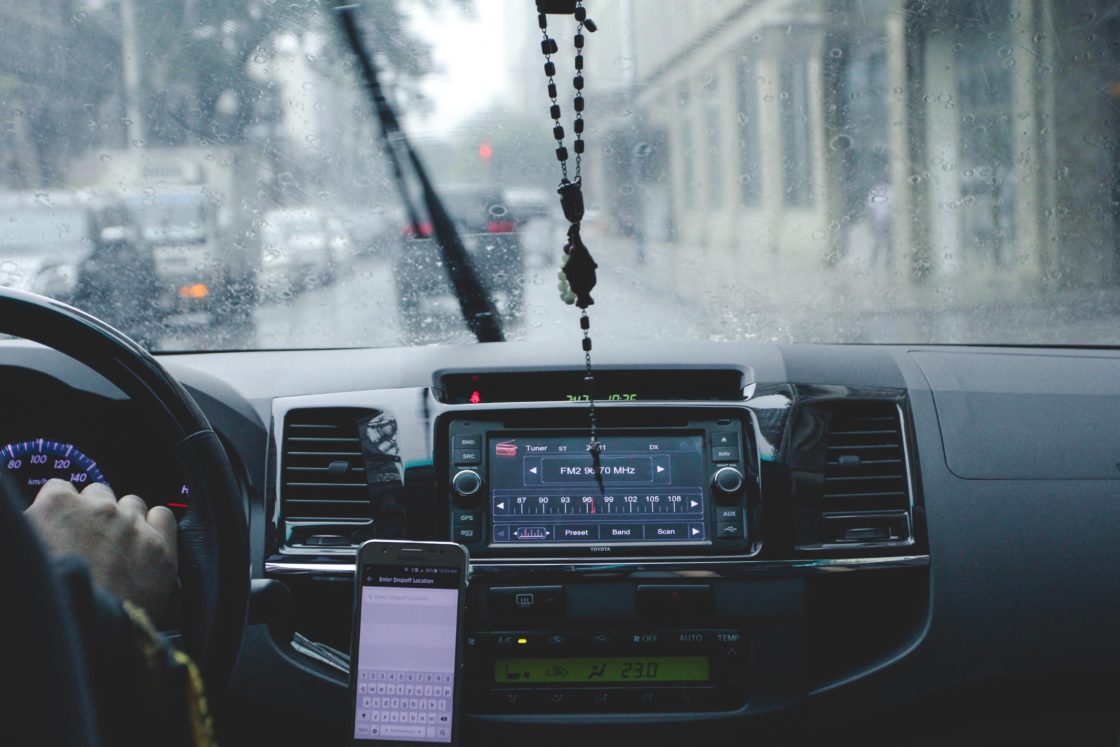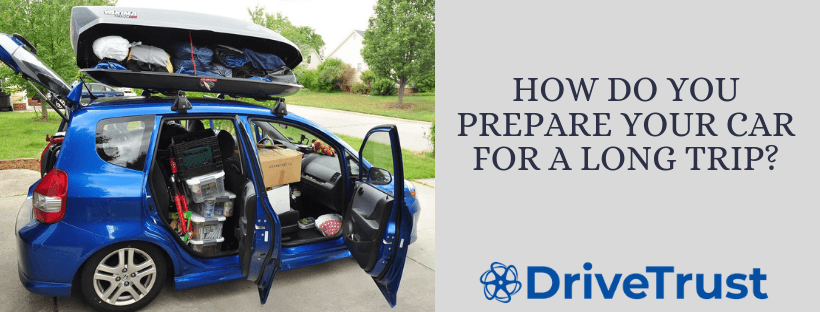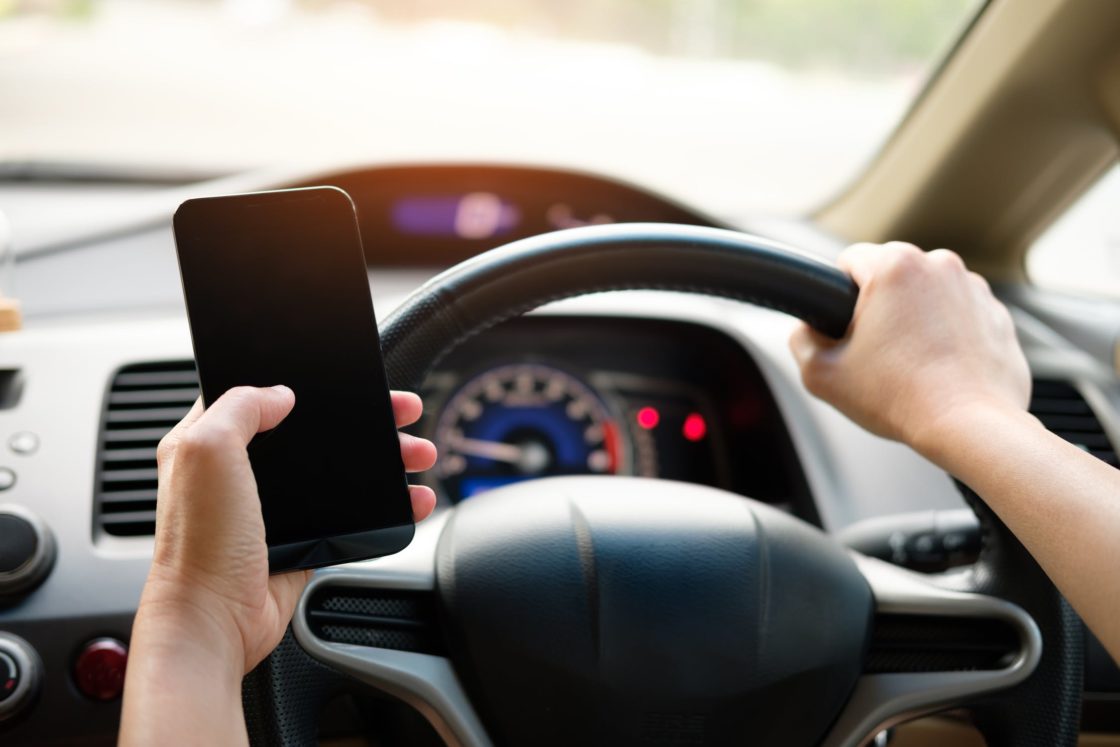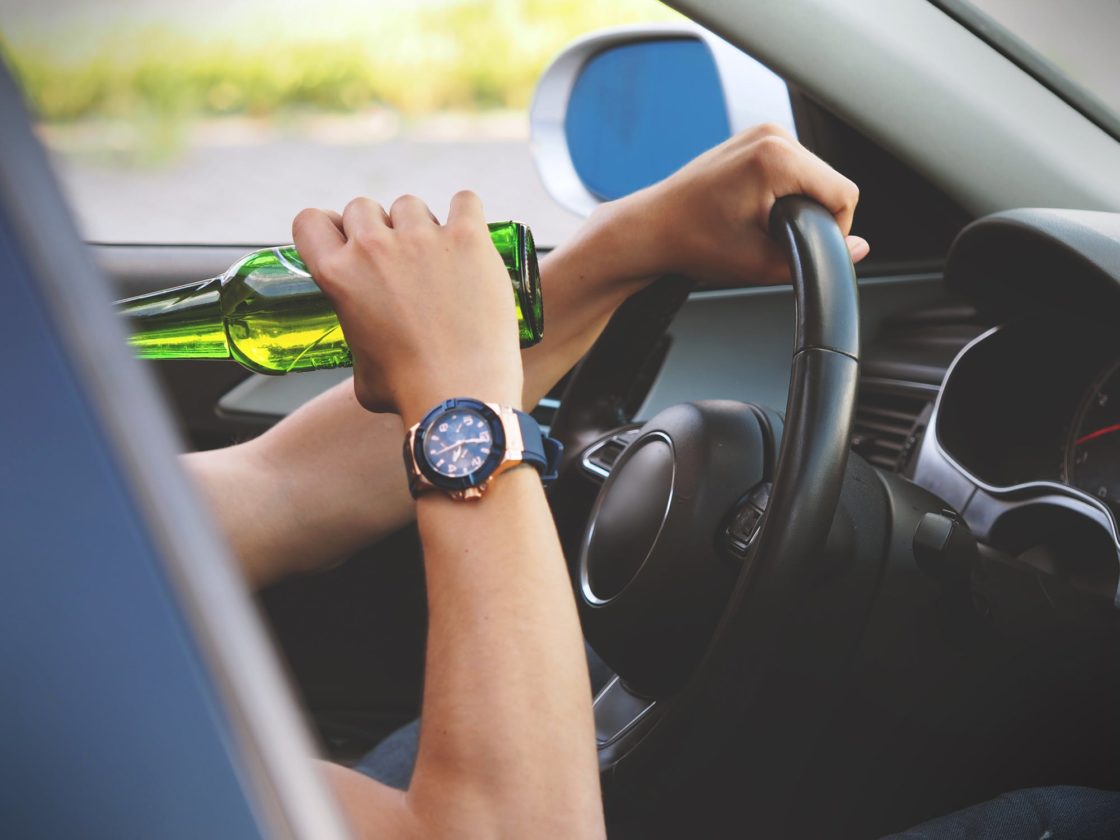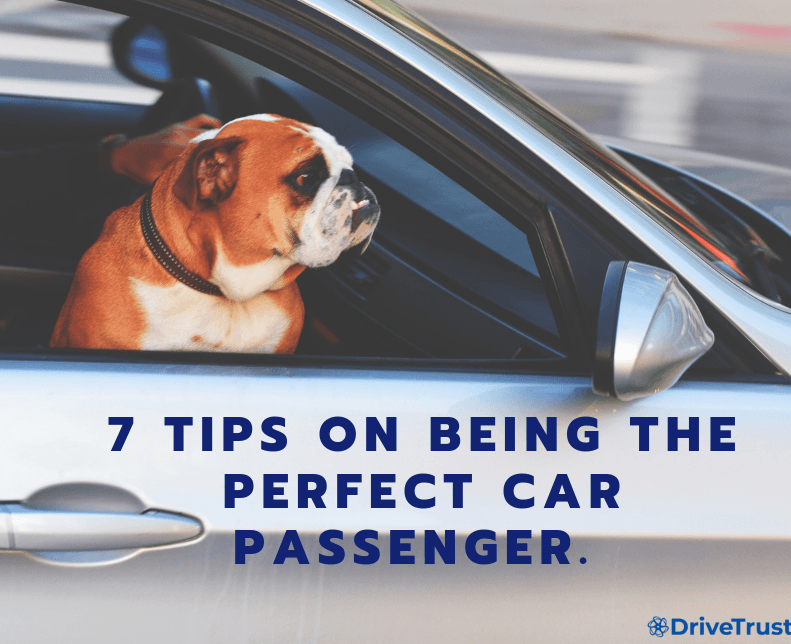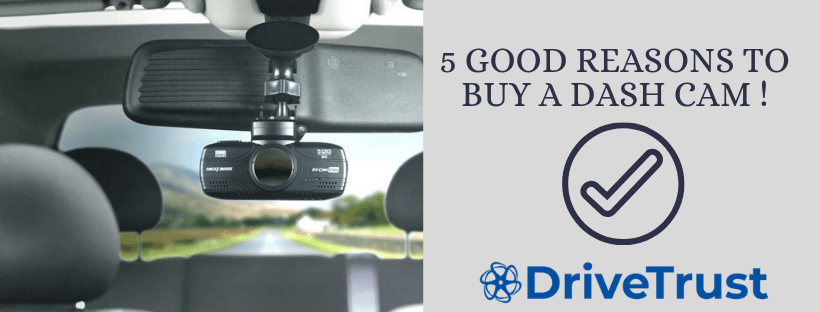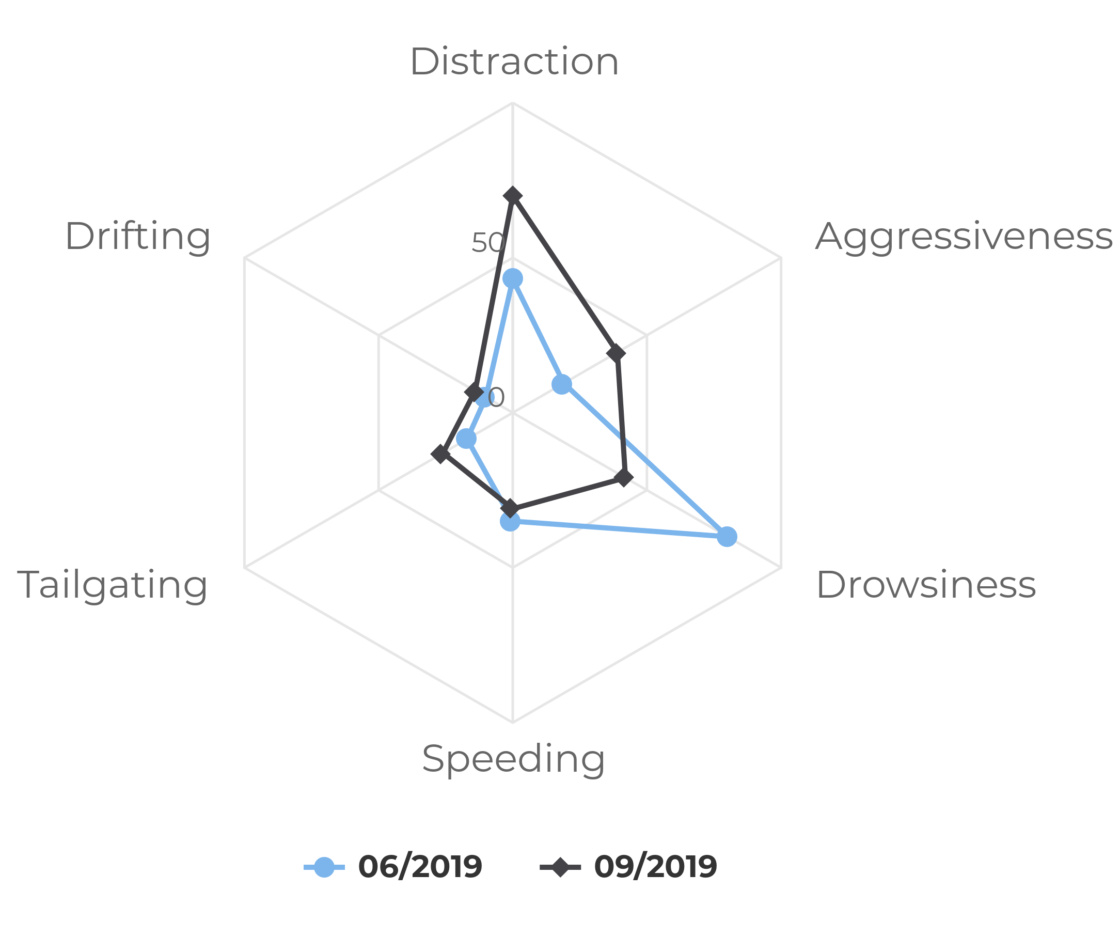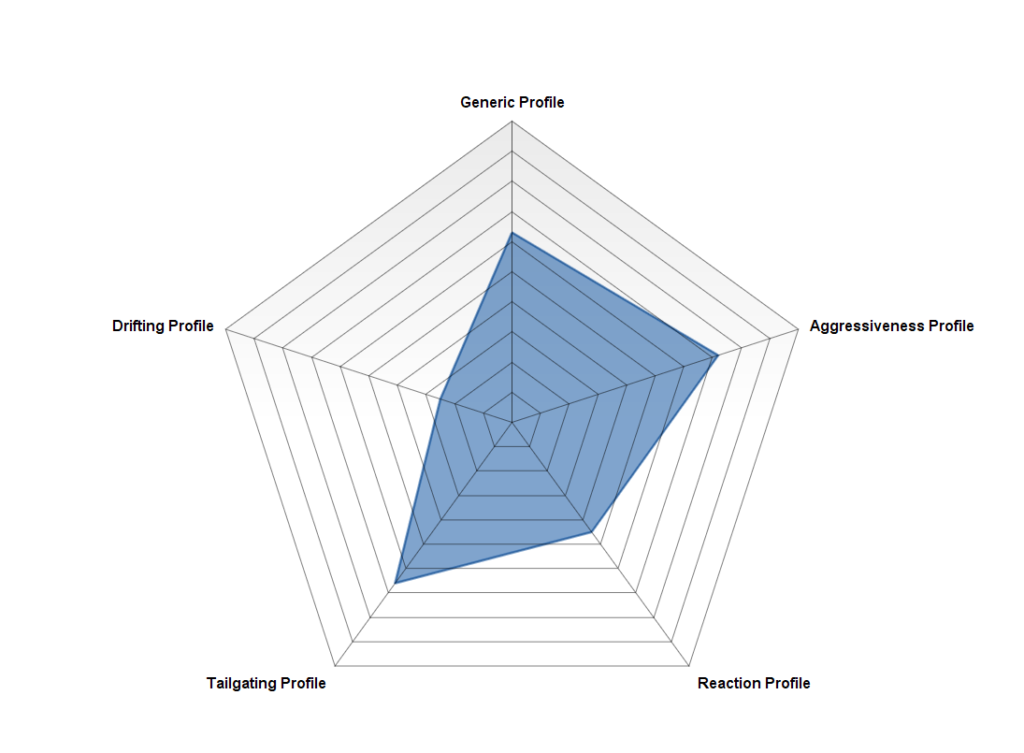A car accident can be caused by negligence while driving, but also by an external cause, which is usually covered by the insurers’ all-risk car insurance.
The road is a shared space where everyone must pay attention to each other’s behavior, as well as to climatic conditions.
External factors of road accidents
- Pedestrians: a second of inattention in the city and a driver can be responsible for a collision with a pedestrian when the pedestrian crosses the road.
- Two-wheeler: a cyclist or motorcyclist can easily sneak into traffic, but also quickly get caught by a motorist who is not very attentive to the road.
- Other vehicles: a driver guilty of carelessness while driving may cause a road accident and involve another vehicle, for example by striking it from the front (driving against the direction, crossing a white line).
- Animals: whether wild (wild boar, deer) or domestic (dog, cat), they can cause a shock or an exit from the road by appearing on the asphalt.
Weather conditions: rain, snow, strong winds… Weather increases the risk of car accidents (slippery roads, loss of grip, reduced visibility).
Preventing any external factors leading to road accidents
Adopt a cautious approach
In the city, the risk of colliding with a pedestrian or a bicycle is increasing.
Be particularly vigilant when scanning the road and blind spots.
In the countryside, the risks of collision with an animal are in theory announced by road signs.
When an animal appears on the road, you must keep your hands firmly on the wheel, brake hard and do not leave the road to avoid the obstacle.
The possible impact with the animal is a lesser evil compared to a potentially much more dangerous off-road trip.
In case of bad weather
Driving in the rain requires a necessary adjustment of your driving behavior:
- Slow down your speed
- Avoid water accumulation
As well as a check of the condition of the equipment of your vehicle to reduce the risk of aquaplaning:
- Lighting
- Windscreen wiper
- Tires
In the snow, driving requires flexibility and anticipation to avoid slipping. When conditions are extreme (storm), it is recommended to avoid using your car.
Do not forget insurance
When a driver hits a pedestrian, cyclist or animal, or does aquaplaning, his responsibility is generally retained except in special cases (suicide attempt by a pedestrian, domestic animal whose owner is identified).
Having a car insurance contract with ” full accident damage ” coverage allows you to be compensated even in the case of a responsible accident, which is not the case with third-party car insurance.

